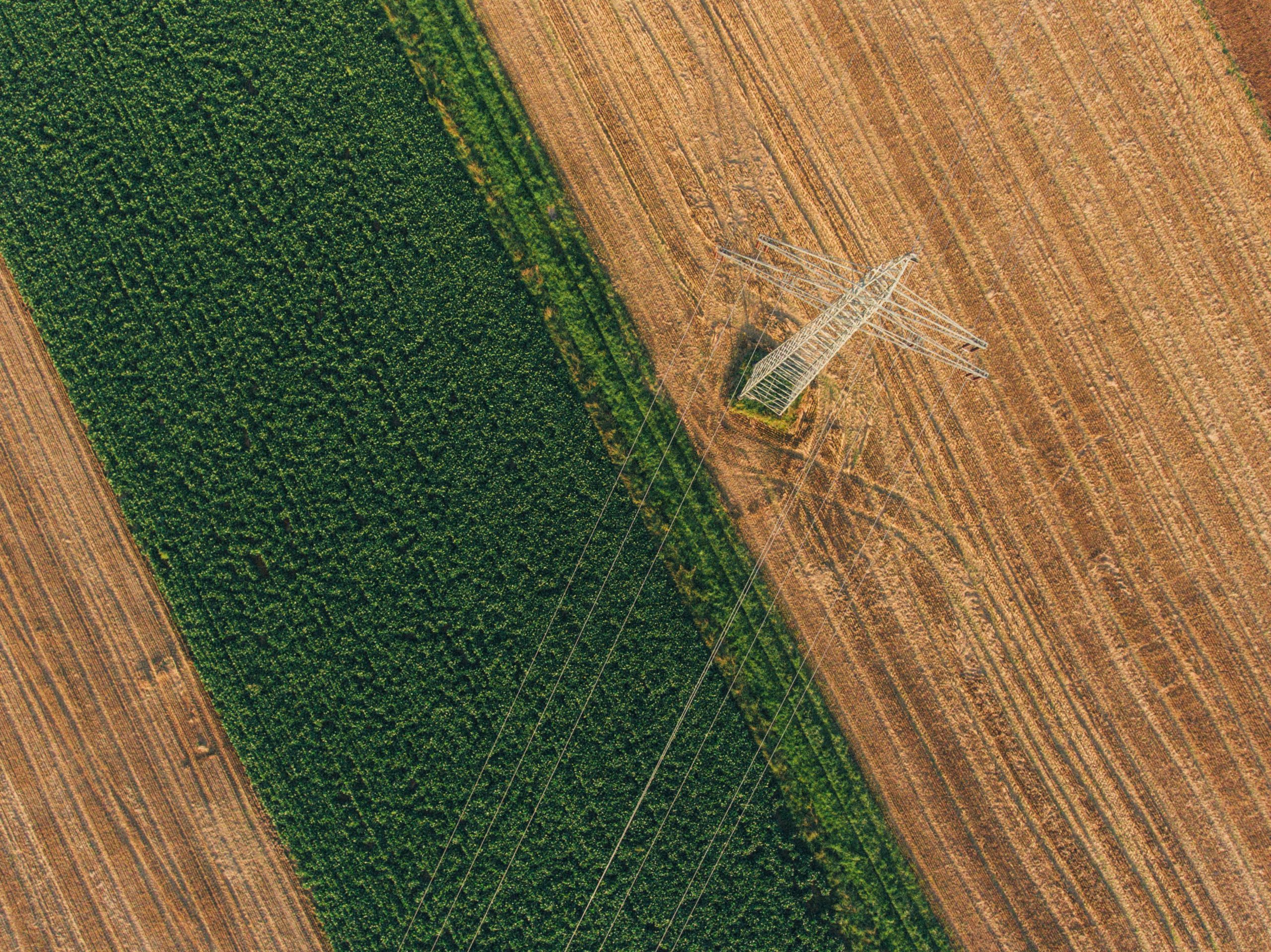Businesses should now turn their attention towards building future scenarios, flexibility and trust – if they want to become more resilient in the ever-more complex, connected and volatile world.
When the world’s largest insurance company Allianz published their annual risk barometer a year ago, ‘global pandemic’ was voted the 17th most important business risk – out of 17 possible options. Only 3% of the 2,718 surveyed global risk experts ranked pandemics in their top 3 business risks for 2020.
The risk of a pandemic was unimaginable. It seemed almost too surreal to be taken as a real threat. And yet, it proved to be one of the most pervasive and abrupt changes the world has seen in this century. It virtually had its impact on every person, community and industry. How can a business survive a change this surprising?
Is your company resilient against unprecedented risks?
According to Oxford Dictionary, resilience is defined as “the ability of people or things to recover quickly after something unpleasant, such as shock, injury, etc.” Some also use the word robust (“strong and not likely to fail or become weak”) especially when talking about systems. Yet, others prefer the term antifragile, introduced by the author Nassim Nicholas Taleb in his book of the same name: “Antifragility is beyond resilience or robustness. The resilient resists shocks and stays the same; the antifragile gets better.”
Business Finland’s Sustainable Manufacturing Programme recently published the Resilience Guide 2021 (also in Finnish), written by Gaia Consulting, to help your company increase its resilience against changes in its operational environment.
The Resilience Guide 2021 aims especially at manufacturing companies, but its key takeaways are applicable to all industries. We identified three key steps to build antifragility in our study. They are:
- Building different scenarios, and prepare plans accordingly.
- Building flexibility into your customer base, manufacturing strategy, supply chain management, company culture, and in your product and service offering.
- Building trust with your key customers, partners, financers and employees well in advance before it is too late.
For the guide, we interviewed Matti Mannonen, Executive Director for Innovation and Economic Policy at Technology Industries of Finland, and member of the project steering group. He says “risk management and scenario work must be approached with an open mind and embracing the unlikely. Anything is possible.” He adds that in the worst case scenario “if there is no demand, a resilient and agile company will be able to change their product, service or market.”
Resilience is taking futures seriously
We know that climate change, biodiversity and circular economy will determine the way we do business in the near future. Resilience is part of sustainability, and resilient organizations ensure sustainability also in difficult times.
Following this train of thought, climate change mitigation will lead to adaptation. As sustainable businesses consider the impacts of the changing climate in their business environment, they adapt, consequently leading them to thrive economically in the new normal.
Only those companies that can grow their business sustainably can provide employment and prosperity in the future, and build social sustainability.
At Gaia, strategic foresight and scenario work are at the heart of how we help our clients build better business and a better future. Get in touch if you would like to hear more about how we help our clients make the world cleaner and safer.
Santeri Palomäki, Senior Consultant, Gaia Consulting
Solveig Roschier, Leading Consultant, Gaia Consulting

